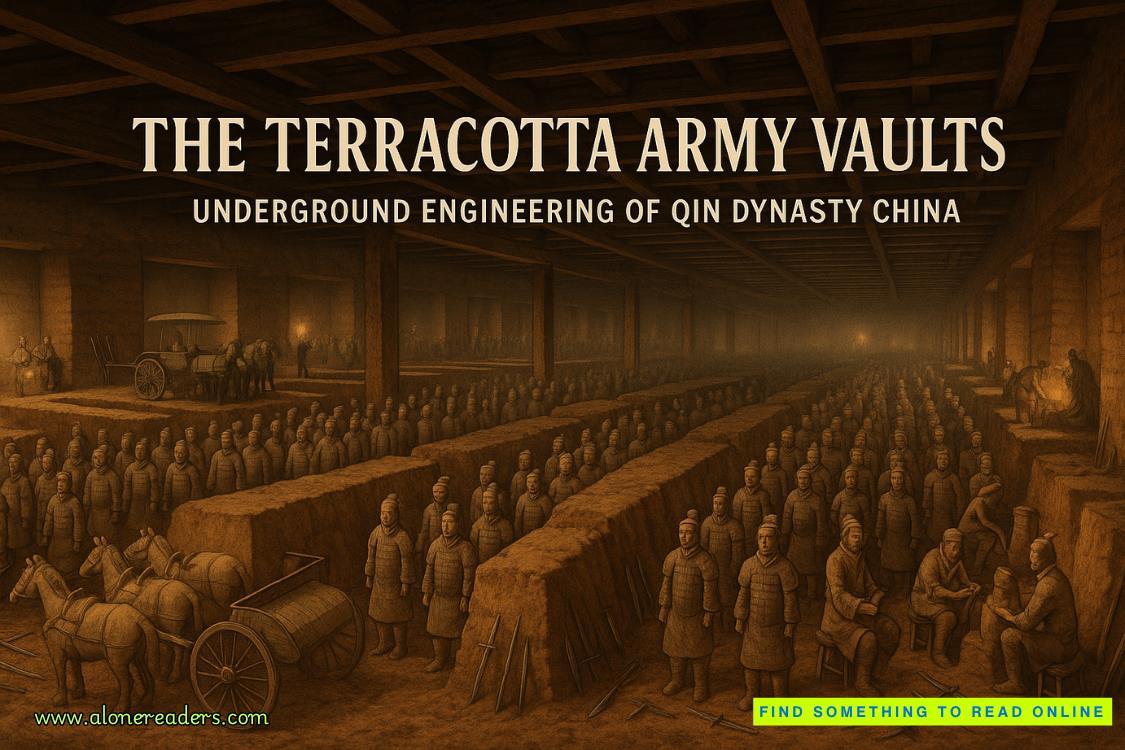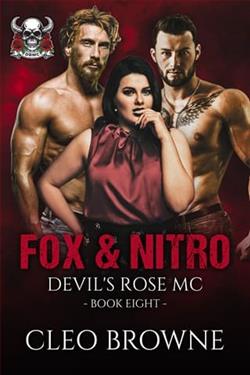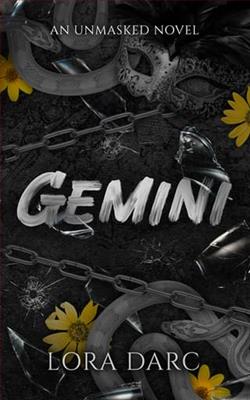Page 8 of The Friend Zone Experiment
“Management must have been pleased about the Court of Appeal ruling,” he continued. “Didn’t the first instance judge find the area was native customary land? Of course, I hear Freshview continued logging even after that judgment. Perhaps you knew you would be vindicated on appeal?”
The slightly sozzled friendliness evaporated from Low’s face. “Are you a reporter or what?”
“An interested citizen,” said Ket Siong. He did still have a Malaysian passport, though he wasn’t going back anytime soon.
“You shouldn’t believe everything you read online, young man,” said Low. All warmth had fled from his voice. “At Freshview,we do things by the book. Everything above board. Why do you think the appeal court ruled in our favour?”
As though conscious that a defence premised on the irreproachable integrity of the Malaysian judiciary was perhaps not the most robust, he hurried on:
“All these bloggers and so-called journalists like to complain about development. But what would they do without their handphones and their Wi-Fi? If we were all like them, sitting around complaining only, the country would be going nowhere.”
He seemed sincerely outraged. Face meant a great deal to such men, but Ket Siong thought that to Low Teck Wee,beingin the right mattered as much as appearing to be right. There might be a way in there.
“Tan Sri,” said Ket Siong. “Do you know what happened to Stephen Jembu?”
Low looked at him, his face wiped blank of expression. He did not say anything. After a moment, he turned on his heel and walked away.
His back radiated defensiveness, as though he expected Ket Siong to pounce at any moment. But Ket Siong made no move to stop him. He stayed where he was, watching as Low was swallowed up in the crowd.
Ket Siong was shaking. He only realised this when an attendant offered him drinks. Reaching out for a glass of orange juice, he saw that his hand was trembling.
Not with fear, but anger. He’d thought he had accepted what had happened, or at least that he had become used to the idea, as one grows inured to horror over time.
Evidently he wasn’t used to it. He felt enraged, but also foolish, scaldingly ashamed of his naïveté. As ashamed as he had felt when he’d first heard the news about Stephen.
He ended up in front of the glass case in the centre of theroom, enclosing a mannequin in a ballgown. He stared at it, unseeing, his heart pounding dully in his chest.
He took a deep breath, held it, and let it out, counting to eight, as he’d learnt to do at yoga class. Stephen had had a hot yoga phase, had dragged Ket Siong and his brother to excruciating sessions in a Mont Kiara studio frequented by sinewy expats, until Ket Hau revolted: “I’m sweating my ass off every day in this country and you’re making me do this. If you want to pay hundreds of ringgit to fold yourself into origami, that’s your business. But leave me and Siong out of it. It’s against our religion.”
“Being lazy is a religion now?” Stephen jeered. But he’d come with them for a reparative iced lime juice, and even wangled a refund from the studio for the classes they were no longer doing. Ket Siong saw his face, flushed with triumph, as he held the cash out to Ket Hau.
The vividness of the image was a blessing. Ket Siong could no longer recall the precise timbre of Stephen’s voice.
The adrenaline drained away. With it went his anger, leaving only grief. But grief was a familiar companion by now; it should be easy to bear.
As his mind quieted down and his heartbeat slowed, he found himself following the lines of the ballgown with his gaze, from the bodice down to the skirt, along the train and up again.
The gown was an explosion of ivory tulle, turned gold in the warm lighting of the gallery. The kind of thing a Disney princess might wear, but it had an architectural rigour that even Ket Siong, unused to looking at women’s fashion with any kind of attention, could discern. He wondered what marvels of construction and design an expert might see in the gown. He should have done some reading before coming. The caption only told him that the gown had been designed by Christian Dior for Princess Margaret, to be worn on her twenty-first birthday.
Calm settled on Ket Siong, and he remembered Alicia. He should go find her.
But someone had joined him by the display case. A woman, gazing raptly at the ballgown.
“Isn’t it amazing?” she said. “There’s so much to see here, I feel like my brain is going to explode. Look at that embroidery!”
Ket Siong was not infrequently addressed by strangers in public spaces—mostly women, but sometimes men. He didn’t think he invited it, exactly, but Ket Hau said, “You can’t blame them for trying.”
He was about to give a polite nod and move away, but something about the woman’s voice caught his attention. The accent was unusual—vaguely but not quite American—and it was familiar. But he didn’t really know anyone in London, except for his students.
He looked away from the exhibit. He had no preparation, so the sight of Renee Goh hit him between the eyes like a brick.
The immediacy with which he knew her shocked him. It had been ten years since he’d last seen her, but apparently his brain had stored his memories of Renee in a special compartment, ready to throw them up at the right moment, as fresh as ever. It was as though no time had passed at all.
He’d thought of her, when his family first cast up in London. But as far as he knew, Renee had returned to Singapore after finishing her degree. After so long, it was easy to resist the temptation to look her up online. That chapter of his life was not one he relished looking back on.
Renee’s face had lost some of its softness, the squarish lines of her jaw more evident than they had been before. She’d always been self-conscious about her jaw, but she was no less lovely now—more so, if anything.
Her eyes were exactly the same. Beautiful eyes, shaped like half-moons and shaded by absurdly long lashes, but the most beautiful thing about them had always been their expression, how transparently they conveyed her every emotion.















